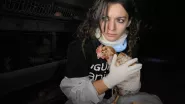The idea of documenting sex has been around as long as we have. In 2005, archeologists discovered a statue in Germany of a man and a woman engaged in coitus circa 5200 BCE, certifying that our obsession with depicting sex is as old as we are. When considering that sexuality is an integral part of our humanity, drive and success as a species, our general cultural disdain for sex work is problematic. Our inability or refusal to accept sex work as a permanent fixture has cast the oldest obsession into taboo territory. With the creation of the internet, more accessible image capturing technology and social media, we have begun to see a more honest and personal view of sex work and those that perform it as well as a slowly shifting view of sex work.
Photography has, since its invention in 1839, played a prominent role in the industry as a form of advertisement, pornographic material and, more recently, a way to gather an international clientele from our bedrooms. Photography had barely hit the scene before erotic nudes began circulating, although at the time it was cheaper to engage a sex worker than to buy a daguerreotype of them. In 1883, for example, the
Pretty Women of Paris
began circulating as a guide to the cities best courtesans and brothels as well as the services offered. A simple pamphlet, not far from today’s internet heavy marketing and image sharing services that have arguably changed the nature and opportunities for many sex workers.
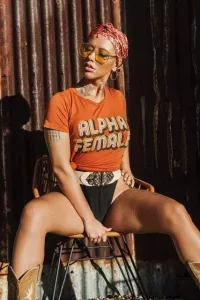
At the heart of sex work is erotic imagery, and because of its negative stigma, is ripe for exploitation. In order to better protect sex workers rights and health, many advocates call for the legalization of sex work outside of the porn industry. This is a distinction that is dependent on the idea that porn stars are actors paid to perform for artistic purposes, not for sex. Luckily, we are living in an increasingly interconnected world that allows often ignored voices to be heard and our views to be challenged. It is no surprise that artists are leading the charge.
In more recent decades female photographers have begun to turn their lenses on the sex industry, adding a much needed voice to the male dominated field.
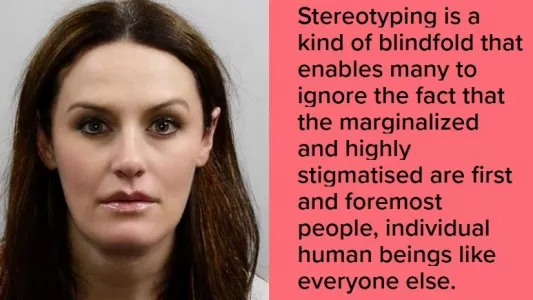
Representation of sex workers has often been controlled by the male gaze, male desire and profitability. We often discuss sex work with an emphasis on the sex and forget about the work part. In the 1980’s,
, a photographer on hardcore porn sets, began a project that exposed the banal, absurd and often humorous side to the profession.
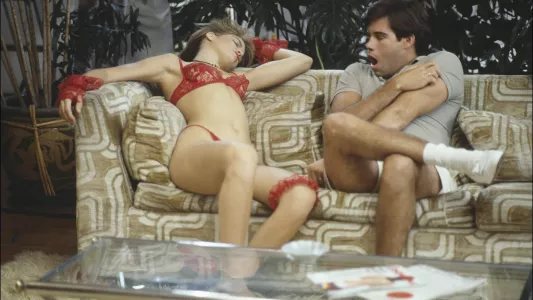
Capturing behind the scenes and between the scene moments during filming, stripped away the culturally imposed notion of these actors and actresses as exotic “others” and showed them as average working people, often looking forward to the end of the day. In her book,
, she expertly reveals the boredom, time consuming monotony and reality of the production of pornography. Her work shows couples paused mid coitus to get director's notes, people laying around exasperated as they wait for production to continue, and the ever present peeking in of cameras to remind you that it’s all just fabricated for your pleasure.

Nitke is a paid member of the team expected to be shooting the events on set. This complete acceptance of her presence serves to remove any sense of voyeurism for the viewer, and instead, by including the multitude of cameras shooting the same subject, often engages in the discussion of porn as willing performance. Nitke deeply understood the reality of the job.
Explicit content
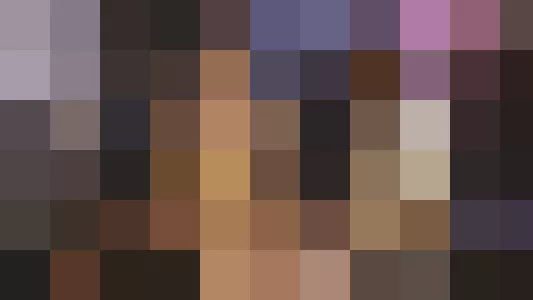
The shoots often turned into frazzled, Twilight Zone marathons. Around midnight we’d find ourselves packed like sardines in a slimy men’s room, overwhelmed by the heat, the stench and the lack of sleep. The last scene of the day would invariably be the one where the guy couldn’t produce the money shot. I’d glance around the crew and we’d nod at each other, knowing that now it would be hours before the day’s end and those magical words, 'That’s a wrap!'
By being in the trenches with her subjects and completely demystifying the fantasy pornography strives to create, Nitke is able to bring us past the veil of the taboo and see these men and women as they really are. She is able to take a subject that often feels exploited by the medium and trades pity, otherness and shock value with honesty and affection.
chose another approach while discussing Sex Work when she turned her lens on the clients instead of the workers in her project
. Turning the paradigm on its head, she chose to pay the patrons, not the workers, for their image and story and avoids the often cliché story of exploitation.
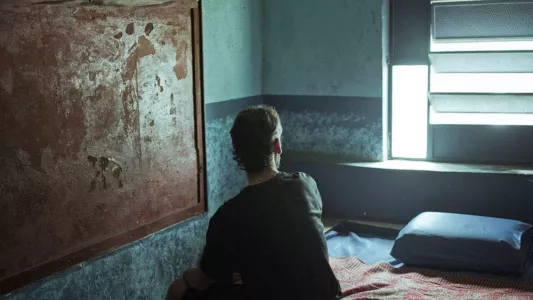
Middel reminds us that sex workers wouldn’t exist without the people who seek them out, and often for more than just sexual release. Many of the men she interviewed discussed loneliness and the need for companionship amongst their drives. She shares with us captions that provide a brief snapshot of her subjects and gives “visibility to that other 50%”. For example,
Luis prefers not to say how old he is. Electrician. Single and father of two sons. He visits a prostitute once a week and he pays 30 Rs (7 Euros) per session. He was 11 when he started using the services of prostitutes and he keeps doing so because he feels very lonely.
In the conversations surrounding sex work, we often forget to include the various and often nonsexual needs they are fulfilling. We have, in general, cast the sex worker as the villain in public dialogue and the clients almost as victims who can’t help but give into their basest desires when tantalized. Middel’s approach is another successful example of a photographer avoiding the often exploitive nature of photography to change the dialogue around sex work by broadening the focus for a more complete picture.
Another artist currently changing the conversation and representation of sex workers is
, a photographer and Sex Worker currently pursuing her PhD. Having begun working in the sex industry in 2005, she provides a crucial voice in the dialogue and is an important activist in challenging and changing the victim narrative. Her current focus is “in the way marginalized communities use photography in online spaces as a tool for visual activism and political change”. The goal of her thesis work, which she is currently fundraising, is to “make academic history by being the first person to publish research into the way not how others depict sex workers, but the way sex workers depict themselves”. Camille’s online project
asks if the word
whore
can be reclaimed and provides a “review of sex work photo books and projects with an emphasis on challenging hegemonic photographic representations of sex industry participants in the media and arts”.

Her photo practice revolves around reclaiming images of/taken by sex workers and re-introduces them without the traditional taint of exploitation and voyeurism. As stated in a 2017 interview with Dazed, Camille is “critical of sex work photobooks, and [wants] to call out photographers who take advantage of sex workers by paying them for visual content, and are then themselves celebrated in turn.” Her work can be described in direct relation to the rapidly advancing platforms provided by technology and the opportunities they provide. “Whoever controls the image controls the message. We must celebrate the fact that sex workers are now image makers; we must challenge the exclusion of sex workers from online visual spaces.”
Sex work isn’t going anywhere, but the dialogue around it is finally starting to evolve, and female photographers are playing a crucial role in that discussion. Sex Workers themselves are finding a louder voice and ability to choose how they are represented, especially through social media platforms, as long as they can dodge the often fickle censors. Culturally and historically we have been more comfortable exploiting women's bodies and sexuality to sell literally everything from coffee to cars, then we are with a woman who owns that sexuality, or worse, finds power in it and personally profits from it.
Hopefully, if we can keep the conversation going, we can give the oldest profession and ingrained obsession a new lease on life.




